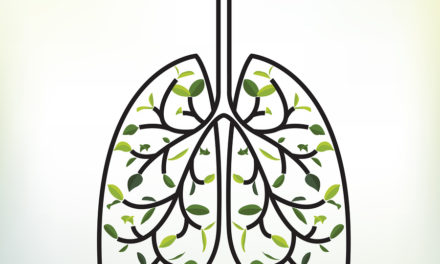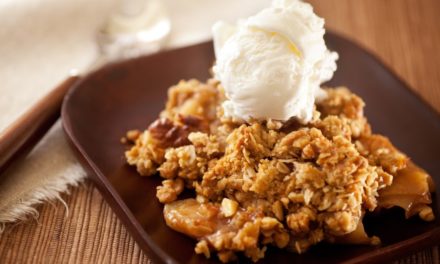One of the great misconceptions that people have about taking NSAIDS (non-steroidal anti-inflammatory drugs-common pain killers like ibuprofen , aspirin or naproxin) is that they somehow help to heal an injury by bringing inflammation under control. Actually, the opposite is true. The drugs actually interfere with the repair of muscle, cartilage and possibly bone.
There is a tendency to think of pain medicine as the only way to treat pain and inflammation. Most people automatically take medication when they have pain. Some people with chronic pain take medication regularly without giving it much thought. More than $4 billion is spent each year on over-the-counter pain medications for headaches. Americans consume 20,000 tons of aspirin each year.
Research published in the American Journal of Physiology, Endocrinol ogy and Metabolism (Vol. 282, Issue 3, E551-E556, March 2002) looked at the effect the commonly used pain relievers (acetaminophen and ibuprofen) had on protein synthesis (repair) and soreness after intense exercise (note: acetaminophen is not classified as an NSAID because it does not address inflammation). It found that the two drugs may suppress protein synthesis (repair).
Other problems with pain medication include high blood pressure, kidney failure, heart failure, ulceration of the GI tract, and some drugs even interfere with bone repair. In the July 23, 1996 Archives of Internal Medicine, it states that in nearly 2,000 arthritic patients studied, ulcer risk increased 10-fold. It also stated that almost 25% of NSAID users have ulcers, most of which are without symptoms.
NSAID use perpetuates the very problem that it is designed to treat. NSAIDs actually increase the body’s oxidative stress—leading to further inflammation. Research articles appearing in the journals Pharmacological Research Communications and the Lancet have demonstrated that NSAIDs interfere with the formation of cartilage. So someone who takes these drugs is trading short-term relief for long-term degeneration.
There are a number of natural substances that can help to bring pain and inflammation under control. For example, Chinese skullcap (Scutellaria baicalensis)has shown anti-arthritic and anti-inflammatory properties, making it useful as an herbal arthritis treatment. The herb is a potent antioxidant, which may make it helpful in preventing heart disease and limiting the damage to the heart following a heart attack. Chinese skullcap is found in Sculacia from Biotics Research.
Turmeric has shown anti-inflammatory properties in a number of studies, including (Mol Nutr Food Res. 2013; 57:1529-42), (Altern Ther Health Med. 2013;19:20-2), (Am J Physiol Regul Integr Comp Physiol. 2007 Mar 1 [Epub ahead of print]) and (Indian J Biochem Biophys. 2012; 49:306-15) are just a few. Some studies show curcumin to be of value for patients with colitis, allergies and even cancer. KappArest from Biotics Research contains curcumin (the active ingredient in turmeric).






